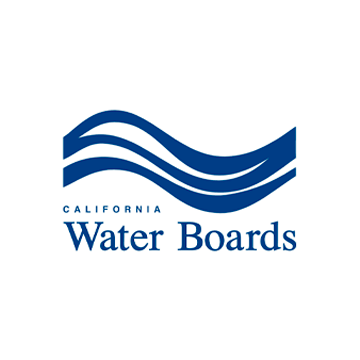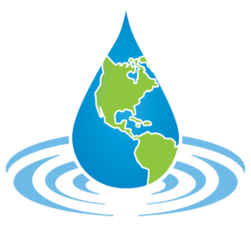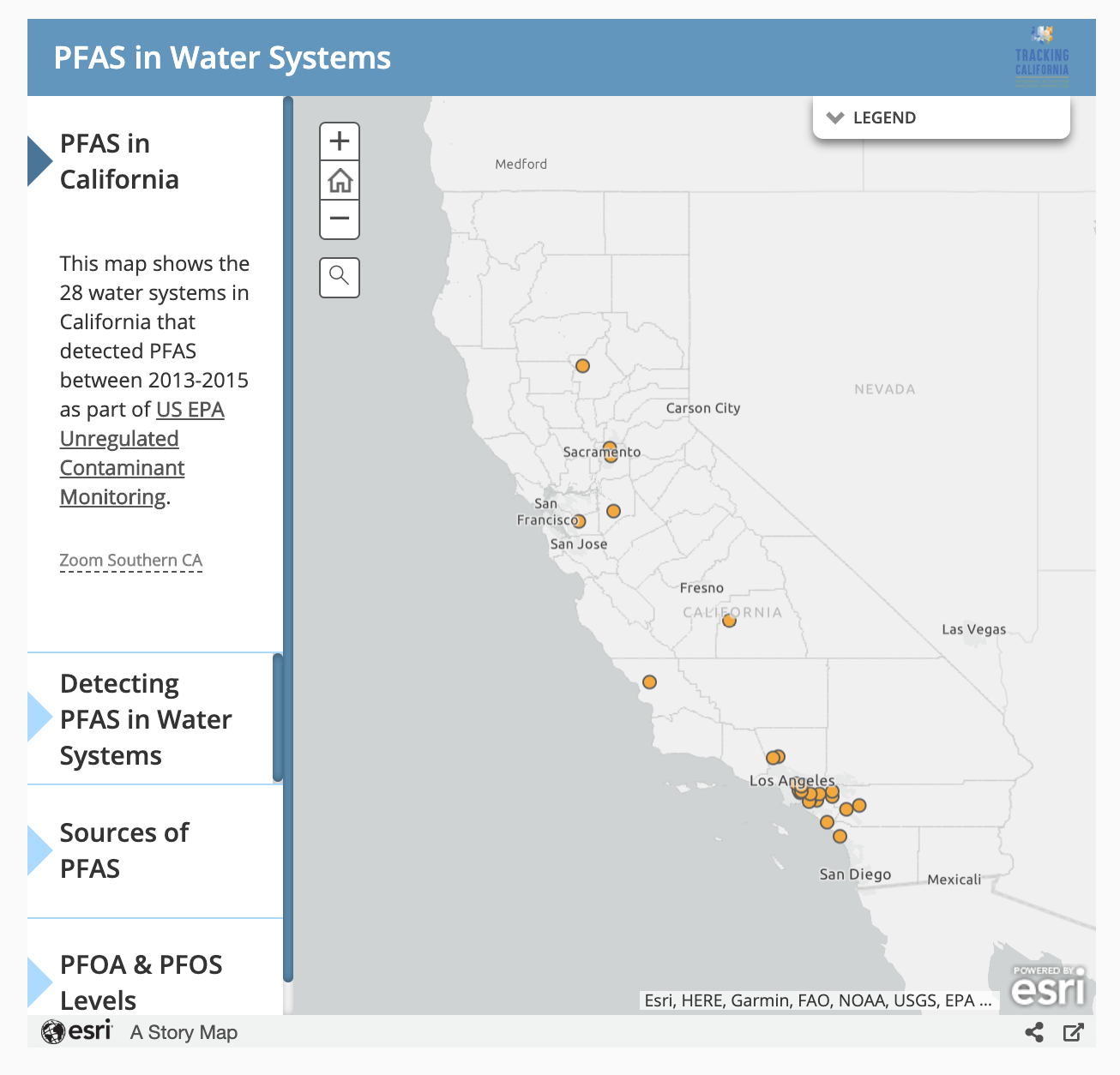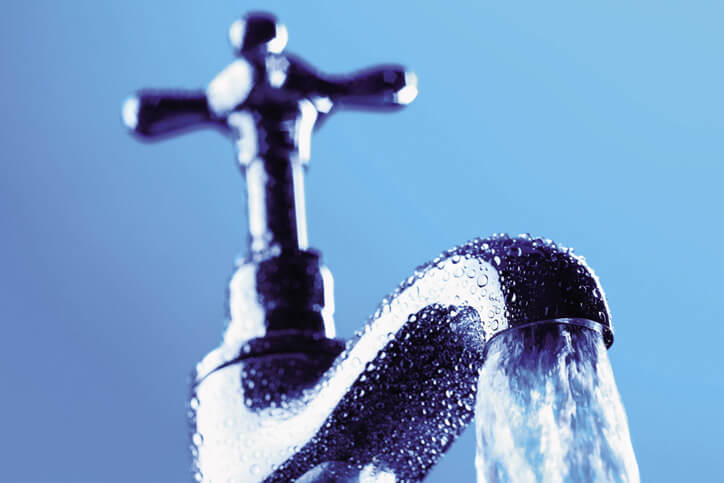The water we drink may contain natural or man-made contaminants. Common sources of contaminants include eroding natural deposits in soil, rocks, and minerals, runoff from fertilizers, pesticides, and herbicides, and damaged or corroding pipes. Some drinking water contaminants may be harmful if consumed above certain levels or over a long period of time, while others are harmless.
Public water systems treat and monitor their water before the water is distributed to households, schools, businesses, and other properties. If a water system does not meet the required standards for treatment techniques or for safe levels of contaminants, a water system is required to notify their consumers and will receive a violation from the state.
Heightened levels of contaminants in drinking water may occur for various reasons: a failure in the treatment process; a problem in the distribution system such as corroding or leaking pipes; or other external factors such as a leaking septic or sewage system, construction accident, or natural disaster.
While most people in California get their water from a community water system, some people rely on private wells or other unregulated drinking water supplies and are responsible for testing their own drinking water. When a private water supply is not regularly tested, consumers may be unaware if they are being exposed to a drinking water contaminant.
Health impacts associated with drinking contaminated water may include gastrointestinal illness, reproductive problems, cancer, and developmental and neurological disorders.
The type and severity of health problem depend on a variety of factors such as the type of contaminant, how the contaminant enters the body, the amount of the contaminant that enters the body, and how often or for how long the exposure occurs.
Water Quality Across California
Tracking California provides an interactive map that displays the levels of certain water contaminants in water systems across the state.

Types of Drinking Water Contaminants
Drinking water contaminants may be classified as inorganic compounds, organic compounds, disinfection byproducts, radionuclides, or infectious agents. Each contaminant is monitored and regulated against standards such as a maximum contaminant level (MCL) or a required treatment technique (TT) established by the US Environmental Protections Agency (EPA). Read more about the types of drinking water contaminants here.
For a complete list of primary drinking water contaminants and their regulatory limits and health effects, see the EPA's National Primary Drinking Water Regulations. All information on public water system violations and estimates of impacted populations provided are from the California Division of Drinking Water's (DDW) 2022 Annual Compliance Report.
Water Quality and Human Health
Exposure to contaminants in drinking water can occur from drinking contaminated water, eating food that has been washed with contaminated water, inhaling steam from running hot water (in the sink or shower), or absorbing water through skin contact (in the shower or swimming pool).
Potential immediate or long-term health problems caused by drinking water contaminants vary based on the type of contaminant, how the contaminant enters the body, the amount of the contaminant that enters the body, and how often or for how long the exposure occurs. Health impacts from different contaminants may include gastrointestinal illness, reproductive problems, cancer, and developmental and neurological disorders.
Most health effects are caused by long-term exposure to contaminants that exceed the maximum contaminant level (MCL) in drinking water. Some contaminants may cause acute health effects among certain groups following short-term exposure. For example, infants exposed to nitrate above the MCL of 10 mg/L in drinking water could become seriously ill within a few days and may die if untreated.
According to the Centers for Disease Control and Prevention (CDC), 42 drinking water-associated disease outbreaks were reported in the United States in 2013-2014, accounting for at least 1,006 cases of illness, 124 hospitalizations, and 13 deaths. California has not had any known drinking water-related disease outbreaks in the last 9 years. However, these statistics are based on outbreaks (sudden increases in cases of disease above what is normally expected for a given time period and population) and do not indicate that no one in California has experienced adverse health impacts from drinking water contaminants.
Acute health outcomes such as diarrhea may be easier to link to contaminated drinking water than long-term health outcomes and, as a result, may be reported more frequently as water-related illnesses. For example, consuming contaminants like bacteria or viruses may cause gastrointestinal illness resulting in diarrhea or vomiting within a few days or hours of drinking contaminated water.
Alternatively, contaminants like lead, arsenic, nitrate, or disinfection byproducts may be consumed in small quantities for many years before any noticeable health impacts occur. These long-term health impacts, such as reproductive problems, cancer, and developmental and neurological disorders, are also caused by other exposures and genetic factors. For these reasons, long-term health impacts are more difficult to link to drinking contaminated water.
Who is Vulnerable to Water Contaminants?
The risk of becoming sick from drinking contaminated water depends on many factors:
- Contaminant: Some contaminants are more harmful than others. Health risks depend on the level and potency of the contaminant and each contaminant may be harmful at different levels.
- Exposure pathway: Health risks may be more or less likely to occur depending on how the contaminant enters the body. For example, people are exposed to drinking water contaminants through ingestion (while drinking or eating food washed with contaminated water), through skin contact (while bathing or swimming in a pool), or through inhalation (while breathing in aerosolized contaminants from humidifiers or in the shower).
- Individual susceptibility: The elderly, children, and pregnant women are often more sensitive to exposure to contaminants or have additional health concerns, and may be more likely to suffer ill effects than the rest of the population.
Access to regulated and treated drinking water also affects exposure to contaminants. According to the US Geological Survey (USGS) Estimated Use of Water in the US in 2010, 93% of California's population, or 34.8 million people, are served by public water systems. The remaining 7% of the state's population rely on water from private wells or other sources. People in unincorporated or rural communities without household connections to public water systems may face more drinking water quality issues than people with access to public systems. Water from unregulated private wells and other sources may not be monitored for contaminants and may pose a greater risk of adverse health effects.
Natural disasters such as earthquakes, floods, and wildfires and human-caused disasters such as chemical spills or construction accidents can damage water treatment facilities and compromise drinking water quality. People living in an area recently impacted by a natural or human-caused disaster may be more vulnerable to health risks from exposure to drinking water contaminants.
Water Quality Monitoring and Regulation
Drinking water quality is monitored by public drinking water systems, and data are reported to the State Water Resources Control Board (SWCRB). Drinking water standards are limitations on how much of a given contaminant is allowed in drinking water. These limits, known as maximum contaminant levels (MCLs), are set at levels necessary to protect the public from acute and chronic health risks associated with consuming contaminants in drinking water.
Drinking water standards and monitoring requirements are set by federal and state laws. Water systems must establish drinking water monitoring plans that follow the sampling, testing, and reporting requirements set by the US Environmental Protection Agency (EPA) and the Safe Drinking Water Act (SDWA).
The location of sampling points within a water system, the frequency of sampling, and the reporting of test results vary based on the contaminant, the size of the population served by the water system, past monitoring results, the type of source water, and other factors. State water agencies like the SWRCB specify sampling locations and acceptable analytical methods.
State-level drinking water standards can be found in Title 22 of the California Code of Regulations. All of the contaminants we provide data for have primary MCLs, which address health concerns. When it is not feasible to measure a contaminant in drinking water, the EPA does not set MCLs and instead establishes drinking water Treatment Technique Requirements (TTR). The TTRs set standards about the type of treatment required and about measuring how well these treatment processes are working.
When a public drinking water system has a problem that might pose a risk to public health, the water system's management is required to notify their customers.
Unregulated Drinking Water
Small drinking water supplies not covered by the Safe Drinking Water Act (SDWA) and private domestic wells, which are virtually unregulated, may be more likely to have harmful contaminants. If you have your own private water supply, you are responsible for maintaining and testing it. If you are camping or hiking, it is important to bring potable water and/or water treatment equipment. Surface water sources such as streams and lakes are more likely to be contaminated with bacteria and viruses like Cryptosporidium, Giardia, and norovirus, as well as chemicals like nitrate.
Water Quality Related Data and Projects
Other Water Quality Resources

California State Water Resources Control Board (SWRCB)
SWRCB is responsible for regulating public drinking water systems in California.

Drinking Water Consumer Confidence Reports (CCR)
Consumer Confidence Reports are annual drinking water quality reports from your water supplier. Your CCR tells you where your water comes from and what's in it.

Community Water Center (CWC) Drinking Water Tool
The Community Water Center Drinking Water Tool provides information about the ways that communities across the state might be vulnerable to groundwater challenges that could affect their access to long-term safe and affordable drinking water.

U.S. EPA Office of Ground Water and Drinking Water (OGWDW)
OGWDW, along with EPA's ten regional drinking water programs, oversees implementation of the Safe Drinking Water Act, which is the national law safeguarding tap water in the U.S.

Association of California Water Agencies (ACWA)
ACWA is a coalition of nearly 450 public water agencies, responsible for 90% of the water delivered to cities, farms and businesses in California.

National Water Quality Assessment (NAWQA)
The USGS has systematically collected chemical, biological, and physical water quality data nationwide.

OEHAA's CalEnviroScreen
OEHAA's CalEnviroScreen is a mapping tool that helps identify communities that are most impacted by environmental health hazards, including drinking water contamination.




